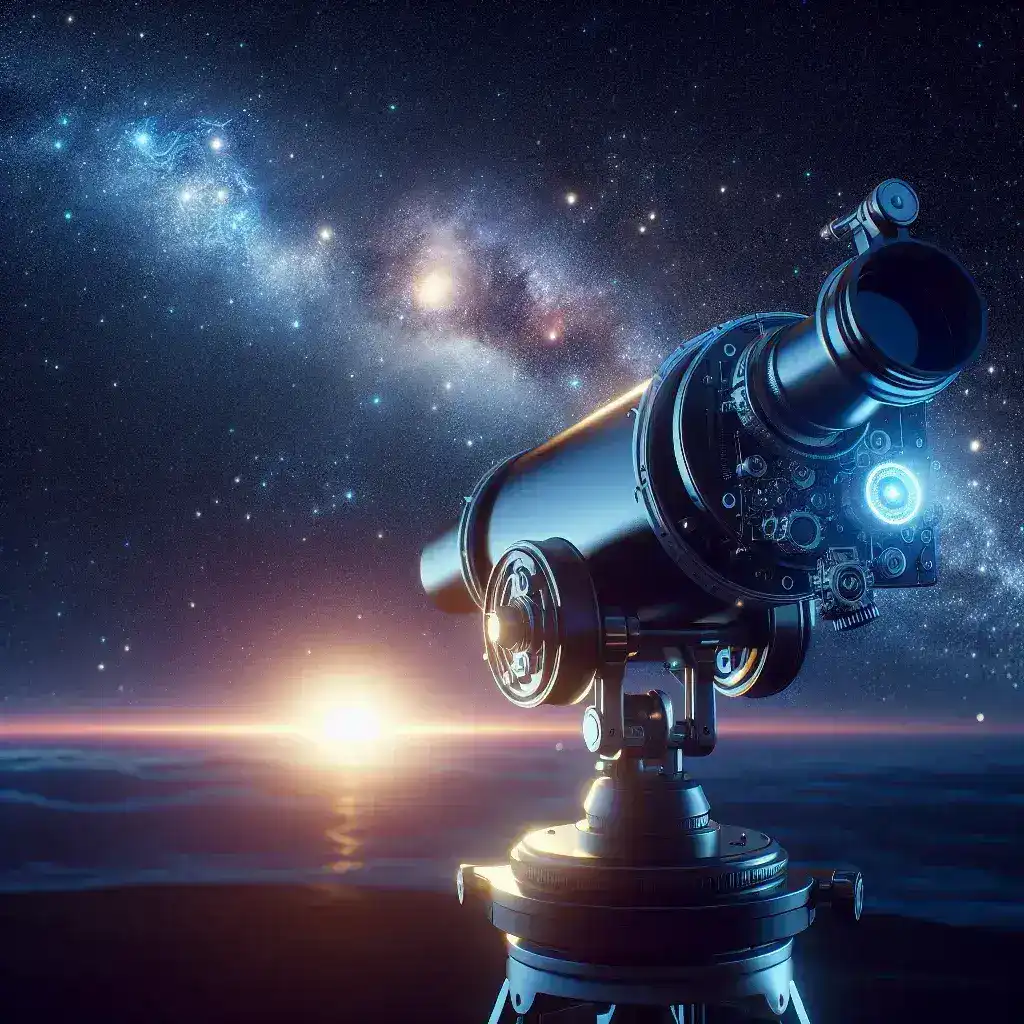AI Enhanced Telescopes Identifying Faint Galaxies in Cosmic Dawn
The Cosmic Dawn: A Glimpse into the Early Universe
The term cosmic dawn refers to the period when the first stars and galaxies began to form in the universe, approximately 400 million years after the Big Bang. This era is crucial for understanding the evolution of galaxies and the very fabric of our universe. However, identifying galaxies from this period poses significant challenges due to their faintness and the vast distances involved.
AI Enhanced Telescopes: A New Era in Astronomy
Recent advancements in technology have led to the development of AI enhanced telescopes, which are revolutionizing the field of astronomy. These telescopes employ artificial intelligence to analyze massive amounts of data, making it possible to identify faint celestial objects that traditional methods might miss.
How AI is Transforming Astronomy
Artificial intelligence algorithms can process and interpret complex data sets much faster than human astronomers. By applying machine learning techniques, AI can recognize patterns in the light emitted by distant galaxies, enabling the detection of objects that are billions of light-years away.
Key Features of AI Enhanced Telescopes
- Automated Data Analysis: AI systems can automatically sort through data captured by telescopes, identifying and classifying galaxies based on their brightness and spectral signatures.
- Improved Sensitivity: AI can enhance the sensitivity of telescopes, allowing them to detect fainter galaxies that would otherwise go unnoticed.
- Real-Time Processing: The ability to process data in real-time allows astronomers to make immediate observations and draw conclusions about celestial phenomena.
Historical Context: The Journey to Current Technology
The journey towards AI-enhanced telescopes began with traditional observational techniques, using optical telescopes and radio arrays. Early astronomers relied heavily on manual data analysis, which limited their ability to discover new celestial bodies. The introduction of digital imaging in the late 20th century marked a significant turning point, paving the way for more sophisticated analysis methods.
Challenges in Identifying Faint Galaxies
Despite advances in technology, astronomers still face numerous challenges when it comes to identifying faint galaxies. The primary obstacles include:
- Cosmic Background Radiation: The omnipresent cosmic microwave background can obscure faint signals from distant galaxies.
- Instrumental Limitations: Many telescopes have restrictions in terms of sensitivity and resolution, making it difficult to capture faint light.
- Data Overload: The sheer volume of data generated by modern telescopes can overwhelm traditional data analysis techniques.
The Role of Machine Learning
Machine learning algorithms can help mitigate these challenges by improving the accuracy of galaxy identification. By training on vast datasets, these models can learn to distinguish between genuine signals from galaxies and noise from cosmic background or instrumental artifacts.
Examples of Success
One notable example of AI’s success in astronomy is the work done by the Galaxy Zoo project. By utilizing citizen science and machine learning, astronomers have cataloged millions of galaxies, many of which were previously unknown. This innovative approach has opened new avenues for research in cosmic dawn studies.
Future Predictions: What Lies Ahead
The future of astronomy looks promising with the continuous integration of AI technologies. As AI algorithms become more sophisticated, we can expect:
- Higher Discovery Rates: With better detection capabilities, astronomers will likely discover more faint galaxies, leading to new insights into the universe’s early days.
- Enhanced Collaborative Research: AI can facilitate collaboration between astronomers worldwide, allowing for the sharing and analysis of data on an unprecedented scale.
- Deeper Insights into Cosmology: As we identify more faint galaxies, we will gain a better understanding of galaxy formation and evolution, contributing to our knowledge of the universe.
Conclusion: A New Dawn in Astronomy
AI enhanced telescopes are not only changing how we identify faint galaxies in the cosmic dawn but are also redefining our understanding of the universe. As technology continues to advance, we stand on the brink of new discoveries that could potentially reshape our view of cosmic history. The journey of uncovering the secrets of the universe is far from over, and with AI by our side, the possibilities are limitless.

